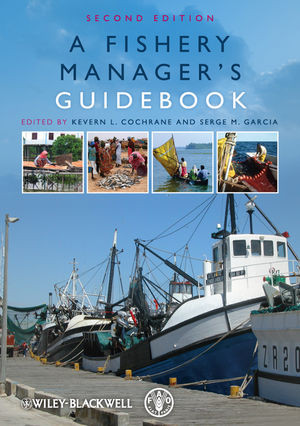

Most ebook files are in PDF format, so you can easily read them using various software such as Foxit Reader or directly on the Google Chrome browser.
Some ebook files are released by publishers in other formats such as .awz, .mobi, .epub, .fb2, etc. You may need to install specific software to read these formats on mobile/PC, such as Calibre.
Please read the tutorial at this link. https://ebooknice.com/page/post?id=faq
We offer FREE conversion to the popular formats you request; however, this may take some time. Therefore, right after payment, please email us, and we will try to provide the service as quickly as possible.
For some exceptional file formats or broken links (if any), please refrain from opening any disputes. Instead, email us first, and we will try to assist within a maximum of 6 hours.
EbookNice Team

Status:
Available5.0
25 reviewsThis volume is intended to contribute to improving this unsatisfactory state by addressing the widespread need for information and guidance on the broad and often complex task of fisheries management. It is an updated and expanded edition of the first version of “A fishery manager’s guidebook” which was published as a FAO Fisheries Technical Paper in 2002.
The major part of this new edition is divided into five parts intended to cover the range of concerns, tools and techniques essential to the modern fisheries manager, whether that manager is an individual or a formal or informal group. Following the Introduction:
This landmark publication is aimed at fishery managers and scientists. All libraries in research establishments and universities where fisheries and aquatic sciences are studied and taught will need copies of this important volume.
Fisheries around the world make essential contributions to human well-being including the provision of basic food supplies, employment, recreational opportunities, foreign currency and others, providing benefits to hundreds of millions of people. Despite these benefits, our record of managing fisheries so that the benefits can be sustained has been poor, at best, and most fisheries around the world are experiencing serious ecological, social or economic problems and usually all three. Today there is global concern about the state of fishery resources and aquatic ecosystems, their resilience to future stresses such as climate change and their ability to continue to provide benefits.
Content: